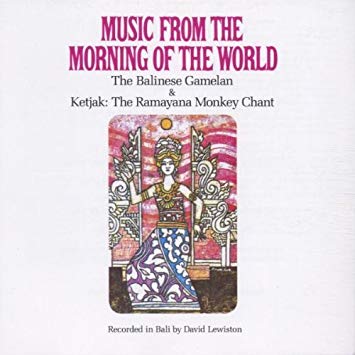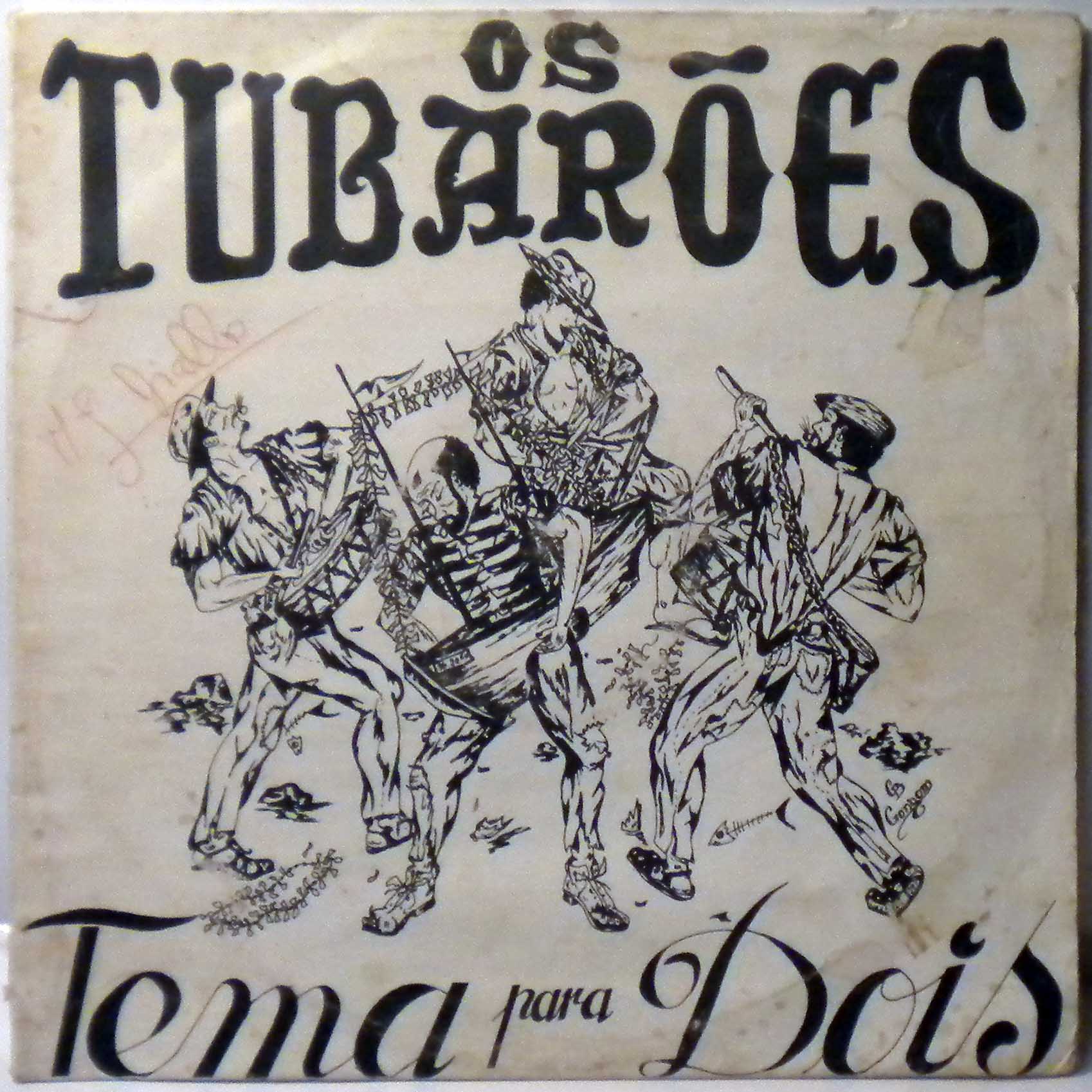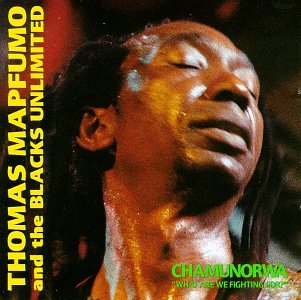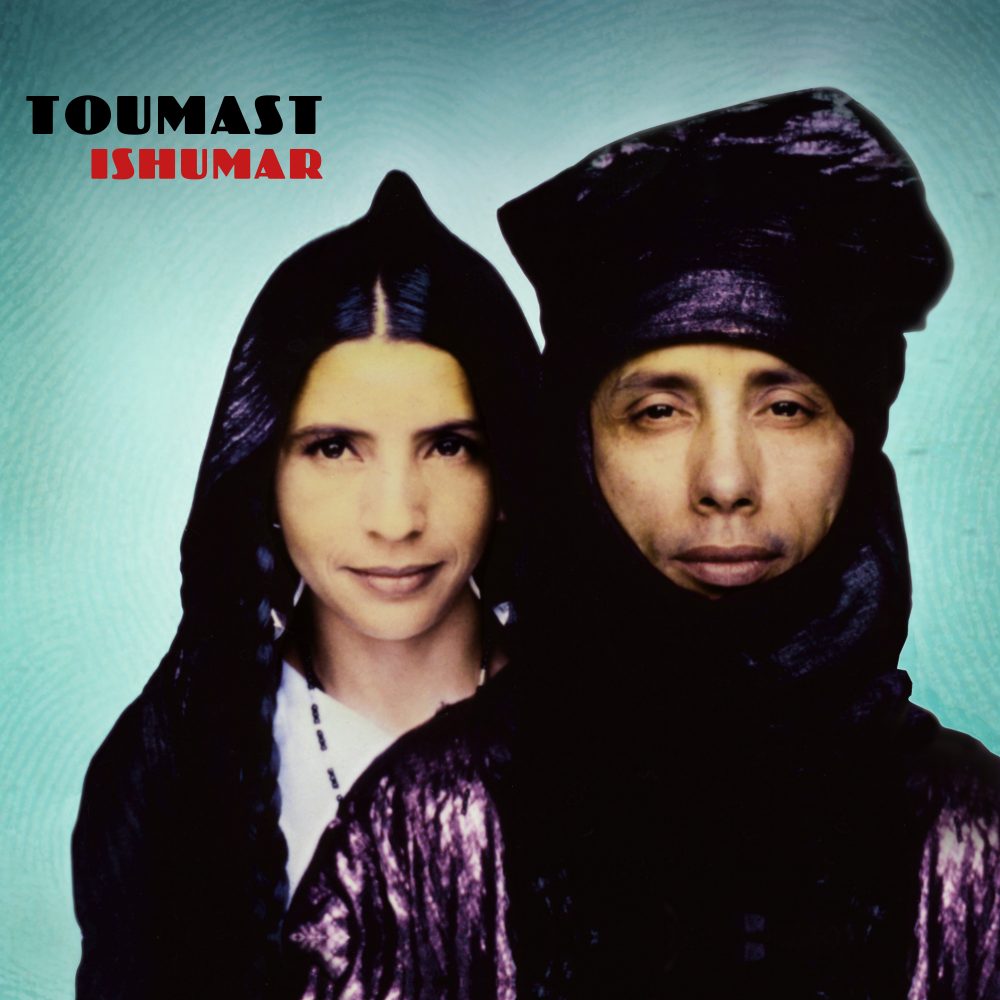Episode 30
Episode 30 originally appeared on December 31, 2018.
Tracklisting:
01) “Sekehe Gambuh: Sekar Leret” by David Lewiston.
From the 1988 album Music from the Morning of the World : The Balinese Gamelan & Ketjak: The Ramayana Monkey Chant.
Bali.
David Lewiston was a “collector of the world's traditional music. He is best known for his recordings initially released on LP on the Explorer Series of Nonesuch Records beginning in 1967.” Allmusic says: “In line with its brilliant instrumental textures and otherworldly sound, Balinese gamelan music is played in a variety of contexts and scales. Resplendent in an array of drums, flutes, gongs, finger cymbals, and metallophones (a xylophone-like instrument made up of brass and bamboo).”
Purchase the album at Amazon.
02) “Täkkalit Shanbeqo” by በረኸት መንግስተአብ [Bereket Mengisteab].
From the 1984 album Lebäy.
Hazega, Eritrea.
Awesome Tapes From Africa says of Mengisteab: “angular melodies, vocal acrobatics, warbly keyboard effects, heavily-swung rhythms and pounding bass.” Mengisteab played in the Haile Selassie Theater Orchestra in Addis Ababa, ran a music shop with his wife, and fought with the Eritrean Liberation Front (ELF) for Eritrean independence.
Follow Bereket Mengisteab on Facebook.
03) “Tema Para Dois” by Os Tubarões.
From the 1983 album Tema Para Dois.
Praia, Cape Verde.
Os Tubarões (“The Sharks”), are a traditional Capeverdean group. Allmusic says: “This seven-piece band performs both light-hearted coladeira dances and also traditional morna songs that address the problem of Cape Verde's far-flung diaspora.”
Purchase Os Tubarões music at Amazon.
04) “Hwahwa” by Thomas Mapfumo & The Blacks Unlimited.
From the 1991 album Chamunorwa.
Marondera, Zimbabwe.
The Wikipedia informs us that Thomas Mapfumo is nicknamed "The Lion of Zimbabwe,”
“and "Mukanya" (the praise name of his clan in the Shona language) for his immense popularity and for the political influence he wields through his music, including his sharp criticism of the government of President Robert Mugabe. He both created and made popular Chimurenga music, and his slow-moving style and distinctive voice is instantly recognisable to Zimbabweans. Mapfumo was imprisoned without charges under the white-dominated regime of Rhodesia, and he was hounded by the Mugabe government of Zimbabwe that succeeded it. He lived in exile in the United States for two decades, and in April 2018, returned to Zimbabwe for the first time since 2005 to perform a concert.”
05) “Tarik” by Dur-Dur Band.
From the 1989 album Africa.
Mogadishu, Somalia.
The often helpful Wikipedia tells us:
“The band was formed in the 1980s and was one of the most well-known acts on the Mogadishu disco scene at the time. The band later performed and recorded based in neighbouring Ethiopia. Their unique sound encompasses funk and disco, with influences of soul. History Inspired by artists such as Michael Jackson, Bob Marley and Santana, Dur-Dur Band emerged during a time when Somalia’s distinctive contribution to the creative culture in the Horn of Africa was visible and abundant.”
Purchase at Amazon.
06) “Dounia” by Toumast.
From the 2007 album Ishumar.
Paris, France.
Toumast is made up of Moussa Ag Keyna and Aminatou Goumar. Toumast means the people , the nation in Tamasheq and they play some terrific Tuareg blues. The group’s Facebook page says: “Toumast was founded in the 90’s around Moussa Ag Keyna. In 1993, after years of combat and resistance, Moussa is severely wounded and evacuated to France, later joined by Aminatou Goumar. Toumast album's are a testimony about the years of combat and disillusion experienced by the Tuareg.”
Browse the interactive map to see where each artist is from. Use the little window/toggle thingy in the upper-left corner to highlight specific episodes. Google Maps only lets us do 10 episodes per map so to see all the maps, visit here. This week’s artists are the black points.













